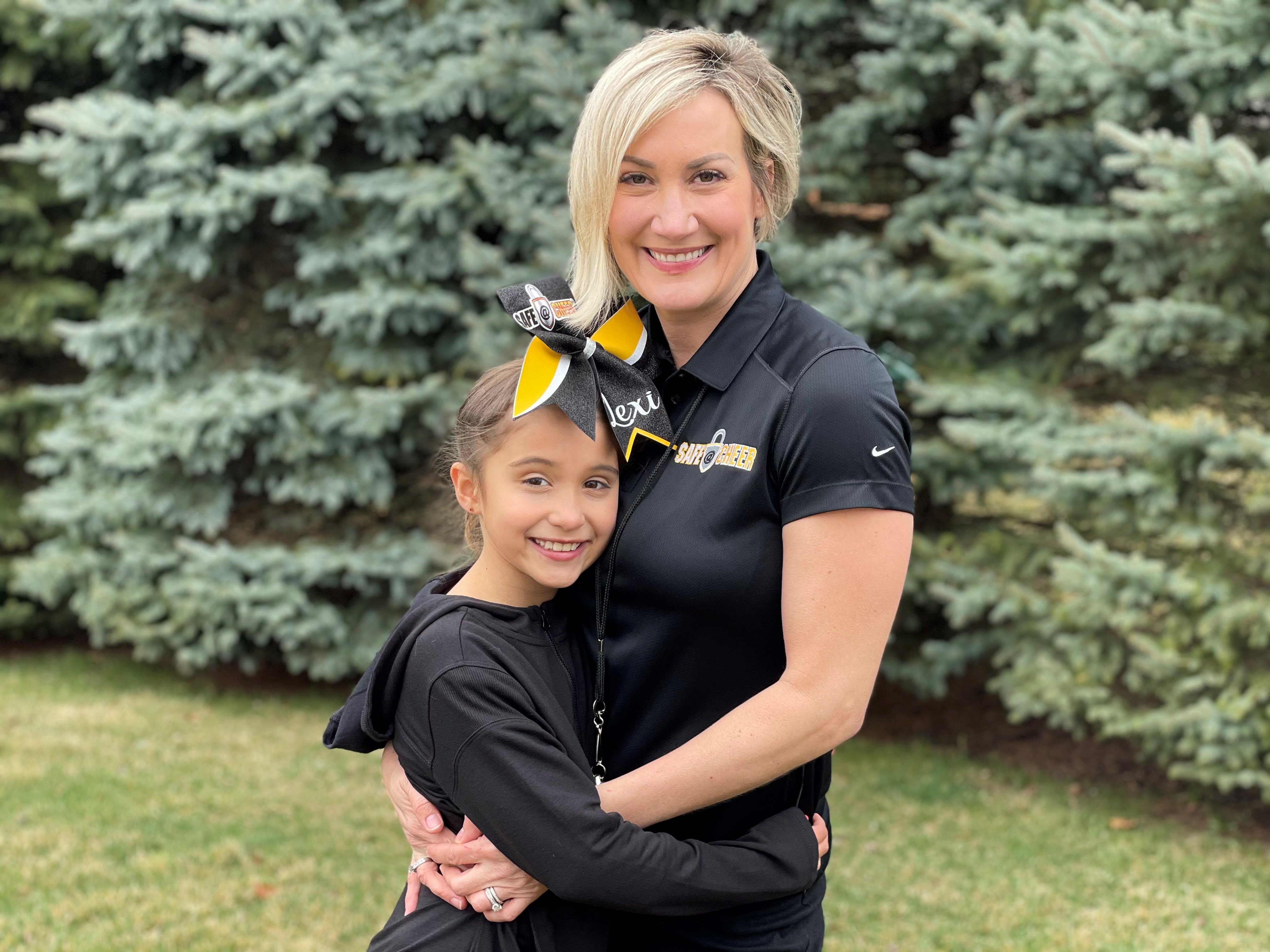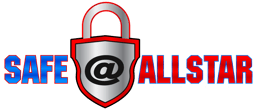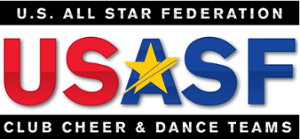Child Abuse and Neglect: Be the Hero Kids Need!
April 04, 2022 | Sarah Krebs
April 04, 2022 | Sarah Krebs

Child abuse and neglect are serious problems that affect every community, regardless of religion, income level, racial or ethnic makeup. Abuse and neglect negatively impact our children into adulthood and can push them into a vicious cycle of failure and disorder.
To combat this, let us first recognize what abuse and neglect look like:
Physical Abuse: This is the intentional use of physical force that often results in visible injuries. (This is often the most notable abuse as it is the most visible.) Examples are: hitting, slapping, shoving, burning, shaking, tripping, or stabbing.
Sexual Abuse: This involves any form of sexual contact between an adult and a child. It can involve sexual touching (fondling), penetration, sexual conversations with a child, and even exposing a child to sexual materials like pornography.
Emotional Abuse: This is the emotional maltreatment of a child. It is a method to control by using tactics to criticize, embarrass, shame, blame or otherwise manipulate the child into thinking things are their fault. Emotional abuse wears down a child's self-esteem and leads to mental health distress and disorders. This type of abuse is the hardest to report, as the scars are often internal and less evident to the concerned.
Neglect: This is the failure to meet a child's basic physical and emotional needs. Examples of child neglect are: denying a child housing, food, water, clothing, education, and/or access to medical care.
According to the Centers for Disease Control (CDC), about 1 in 7 children experience abuse and neglect in their homes.
Likely, this is an underestimate as most of these crimes against children go unreported. In 2019 alone, 1,840 children died due to abuse and neglect in the US. Prevention of this takes a village!
First, we need to recognize the signs of abuse and neglect and make sure that these children have an escape from their tormentors before their wellbeing is impacted. Intervention can lessen the harm and prevent future risks for these children. This means we must ask these kids, are you okay? It seems simple, but there can be years and layers of trauma from which these kids need to break. These abuses usually will not reveal themselves with one conversation. Do not let the child down, be their advocate, keep trying, be a mentor to the child and let them know you are a trusted adult. Hopefully, they will open up, and you can get to the root of the problem. Now, we need to learn who and how to report these crimes.
Every state in the US has child protection laws that require certain professionals to report their suspicions of child abuse or neglect. These laws also address the responsibilities of the institutions in making the reports, the report standards, penalties for failing to report and the confidentiality of the reporter's identity. Doctors, teachers, police officers, social workers, and coaches are all mandatory reporters in most states. If these professionals suspect abuse or neglect, they are required to report these suspicions to child welfare or law enforcement. Reporting can be as simple as voicing concerns to a known mandatory reporter. If you suspect the abuse or neglect of a child and they are in danger, do not wait. Call 911 and report it immediately as that is one less day that a child needs to endure their abuser.
Safe at All Star makes reporting simple. You can go to our website and click on the USASF Unified Reporting Form, or you can call the Safe at All Star helpline at 720-282-1744 to speak to one of our child protection experts about your concerns. Our Safe at All Star App lets you alert for missing athletes and has the links to both the Unified Reporting Form and the helpline.




The U.S. All Star Federation (USASF) has a mission to support and enrich the lives of our All Star athletes and members. We strive to provide consistent rules and safety guidelines, drive competitive excellence and promote a positive image for the sport. The USASF credentials coaches, certifies legality officials and sanctions events - all with the goal to provide the safest possible environment in which athletes may train and compete. Founded in 2003, we are a not-for-profit corporation established in Tennessee and governed by bylaws, officers, a board of directors and fifteen standing committees.
Copyrights © 2023 All Rights Reserved by the U.S. All Star Federation